
Kudos has partnered with CardRatings and Red Ventures for our coverage of credit card products. Kudos, CardRatings, and Red Ventures may receive a commission from card issuers. Kudos may receive commission from card issuers. Some of the card offers that appear on Kudos are from advertisers and may impact how and where card products appear on the site. Kudos tries to include as many card companies and offers as we are aware of, including offers from issuers that don't pay us, but we may not cover all card companies or all available card offers. You don't have to use our links, but we're grateful when you do!
The Downsides of a Cashless Society – 5 Cons of Going Cashless
July 1, 2025


Moving to a cashless world comes with a lot of buzz and benefits, but what about the drawbacks? It’s important to look at both sides of the coin (pun intended). In this article, we’ll discuss the cons of going cashless – the challenges and risks that arise when societies (and individuals) rely entirely on digital payments. While paying with apps and cards is convenient, there are legitimate concerns about privacy, security, overspending, and inclusion.
For example, digital transactions leave a trail that cash does not, raising questions about who can see your purchases. And what happens if the power goes out or systems fail? Below, we break down the key disadvantages of a cashless society. Understanding these cons will help you mitigate them if you decide to embrace cash-free living. Remember, knowledge is power – even in a world without paper money.
1. Privacy Concerns – Your Transactions Are Traceable
In a fully cashless society, every payment you make is recorded electronically. This can feel like a loss of privacy compared to cash transactions, which are anonymous. Privacy is a major concern with digital payments: your spending habits, location, and preferences could be tracked by banks, payment apps, or even third parties. For instance, card transactions show up on bank statements, and mobile payment providers may log your purchases. This data might be used for targeted ads or could potentially be obtained by others (through subpoenas or data breaches). Some people simply dislike the idea of “being watched” every time they buy a cup of coffee.
There’s also the broader notion of government or corporate surveillance. In a cashless world, if authorities wanted, they could in theory monitor or even control spending (e.g., freeze accounts, see all income/expense sources). With cash, there’s a sense of autonomy – you can spend it without anyone’s approval or record. Going cashless means sacrificing some of that anonymity. In practical terms, most of us won’t experience Orwellian surveillance, but the perception of lost privacy is real. If privacy is a top priority for you, this is a con to weigh seriously.
Mitigation: You can mitigate privacy issues by using reputable, secure financial institutions and being mindful of app permissions. Some newer fintech offer privacy-focused features, and using decentralized digital currencies is another idea (though those come with other risks). Realistically, balancing privacy and convenience is an ongoing challenge in a digital economy.
2. Security Risks – Fraud, Hacks, and System Outages
While we noted security as a “pro” earlier, there’s a flip side: digital payments introduce different security risks. Cybercriminals can hack accounts, steal card numbers, or unleash scams targeting digital payment users. If you go cashless, you must be vigilant about identity theft and fraud. Data breaches at banks or retailers have exposed millions of credit card numbers in the past. If a bad actor gets your information, they could wreak havoc on your finances (though protections exist, it’s still a headache).
Moreover, system outages or technical failures pose a risk. Ever been stuck at a store checkout when the card network was down? In a fully cashless scenario, that means you simply cannot pay until the system comes back. Cash can serve as a backup in those cases – without it, you’re at the mercy of technology. Natural disasters or even simple power/internet outages could leave you unable to buy necessities if all you have are digital forms of payment. This dependence on technology is a key con: you need power, devices, and network access to transact. For individuals, that means keeping your phone charged, carrying a card, etc., at all times – and if you lose your phone or card, it can be temporarily very disruptive.
There’s also personal security – phishing emails, scam texts pretending to be your bank, etc. Going cashless requires a level of digital savvy to avoid these traps. With cash, the worst someone can do is steal your wallet physically. With digital, someone across the world could phish you and drain your account if you’re not careful.
Mitigation: Thankfully, you can reduce these risks by practicing good security hygiene: use strong passwords, enable two-factor authentication on financial apps, monitor your accounts for suspicious activity, and keep an emergency backup (like a secondary card or a little emergency cash stored safely for outages). Later in our “How to thrive cashless” guide, we’ll detail security tips, since it’s crucial to address this con head-on.
3. Overspending & Budgeting Challenges
Have you ever noticed it “hurts” a bit to hand over $100 in cash, but swiping a card for $100 might not feel as significant? You’re not alone. Psychological studies suggest people tend to spend more when using cards or digital payments vs. cash. The tactile experience of cash leaving your hand is a natural brake on spending – you literally see your money diminishing.
Digital payments, by contrast, can feel almost like play money; it’s just numbers on a screen. This phenomenon is a big con of going cashless: the risk of overspending. It’s easier to lose track of how much you’ve spent when you aren’t physically counting out bills. As TPG pointed out, a theme park knows you’re more likely to buy that pricey souvenir if all you have to do is tap a card, versus counting out cash.
For individuals, this means budgeting can be harder if you’re not disciplined. Some people use a “cash diet” specifically to curb spending – they withdraw a set amount and when it’s gone, they stop spending. That method doesn’t translate directly to digital (though you can simulate it with prepaid cards or by checking your balance frequently). If you go cashless without good budgeting habits, you might find yourself spending more freely and potentially racking up credit card debt. NerdWallet’s advice to those going cashless is to set strict limits or even use prepaid cards to avoid the credit trap.
Additionally, because electronic payments are so convenient, there’s a temptation to subscribe to more services or impulse shop online. The frictionless nature of cashless spending is a double-edged sword: great for efficiency, bad for impulsivity. If you struggle with impulse purchases, be aware that going cashless could exacerbate that.
Mitigation: The key is to leverage the same digital tools to counteract overspending – use budgeting apps with alerts, set personal limits (many banking apps let you set spending notifications or even caps), and periodically use the “cash envelope” strategy in digital form (for example, load your weekly fun-money onto a separate debit card). With conscious effort, you can overcome this con, but it’s definitely a challenge to acknowledge.
4. Excluding the Unbanked or Less Tech-Savvy (Inequality Issues)
Not everyone is ready for a cashless world. A significant con on a societal level is that going fully cashless can exclude people who don’t have access to banking or technology. In the U.S., for example, a portion of the population is “unbanked” or “underbanked” – they don’t have credit cards or even bank accounts, often due to low income or distrust of banks.
These individuals rely on cash for all transactions. If stores or services move to all-digital payments, how do these people manage? A cashless society risks widening the gap between those with financial access and those without. It could make life even more challenging for people who, say, can’t get approved for a credit card or don’t have a smartphone.
Similarly, elderly individuals or those not comfortable with technology might struggle in a cashless environment. If you’ve grown up using cash, being forced to use apps might be intimidating or prone to mistakes (think of an older adult trying to navigate a complicated payment app – it can be overwhelming). Financial inclusion is a serious concern: everyone from low-income communities to rural areas with spotty internet could be disadvantaged if cash goes away too quickly.
Even for the rest of us, consider scenarios like a kid at a school bake sale – not all teenagers have digital wallets; sometimes a few dollars in cash is the only way to participate. Or consider small community events, charity drives, etc., which traditionally use cash. There can be an unequal impact where certain groups find themselves left out or inconvenienced in a cashless society.
Governments and businesses are aware of this con – some places have even passed laws requiring merchants to accept cash to ensure inclusivity. But as a consumer, it’s something to keep in mind: not everyone around you can or wants to go cashless, and until digital solutions are truly universal, this remains a downside.
5. Technology Dependence & Potential Fees
When you rely on digital payments, you’re also relying on various intermediaries (banks, payment companies). This can introduce fees that cash transactions wouldn’t have. For example, if you exclusively use ATMs not in your network (to get cash when needed), you pay fees; or certain payment apps might charge for instant transfers. Credit cards have merchant fees (usually invisible to you, but sometimes small businesses give cash discounts to avoid them).
If cash were gone, there’s a worry that providers might jack up fees since there’s no alternative. Imagine if one day your mobile wallet charged a monthly service fee – in a fully cashless scenario, you’d have no choice but to pay or stop transacting. While competition and regulation often prevent egregious fees, the possibility is there.
Additionally, tech dependence means you have to maintain devices and connectivity. There’s a small but real inconvenience of keeping your phone charged, updating apps, dealing with glitches, or replacing a lost/stolen phone. With cash, none of those factors matter – a $20 bill works whether or not your phone is on. The mental load of managing another aspect of digital life is a minor con, but worth noting. And if you’re not particularly techy, learning all these systems can be a headache initially.
Finally, consider personal control: if all money is digital, technically banks could impose negative interest (fees on deposits) or governments could enforce taxes more directly. These macro concerns are speculative but often cited in debates about cashless societies – e.g., the inability to hide cash under the mattress if interest rates go negative. While these are outside the day-to-day cons, they factor into why some people are cautious about a fully cashless economy.
Conclusion & How Kudos Helps Mitigate Cons
Going cashless has its drawbacks: privacy loss, new security risks, overspending potential, exclusion of some groups, and reliance on tech infrastructure are valid concerns. However, being aware of these cons means you can take steps to mitigate them. You can protect your digital privacy, beef up security on your accounts, practice disciplined budgeting, and keep contingency plans for outages. It’s also okay to use cash strategically – for example, keep a small emergency fund in cash or use cash for a “diet” month if you overspent digitally.
Kudos recognizes these challenges and is built to help with some of them. Kudos’s app and browser extension can track your card spending across the board, helping you stay on budget even when you’re juggling multiple cards (addressing the overspending concern by showing all your balances in one place). It also alerts you to bills and even monitors your credit score, which can tip you off to fraud early.
Essentially, Kudos can act as a safety net in a cashless life: by consolidating information, it gives you more control and visibility (countering the feeling of things getting out of hand). While no single tool can solve privacy or inequality issues, using fintech tools like Kudos can empower you to handle the cons of cashless living more confidently.
In the end, many of these cons can be managed with the right strategies – and in the next section, we’ll look at how to thrive in a cashless world, maximizing pros and minimizing cons.
FAQs (Cons of Going Cashless)
What are the disadvantages of a cashless society?
Key disadvantages include privacy concerns (digital payments leave a data trail of your purchases), security issues (risk of hacks, identity theft, or system outages disrupting your ability to pay), and the tendency to overspend since paying by card doesn’t feel as tangible as paying in cash. Additionally, a cashless society can exclude people who don’t have bank accounts or smartphones, creating inequality. There’s also a reliance on technology – if your phone dies or networks go down, you can’t transact. Finally, some worry about fees or control by banks since all money flows through them in a cashless system.
How could going cashless affect my budget?
You might find it harder to stick to a budget if you’re not careful. Because digital spending is so easy, people sometimes spend more than intended (e.g., tapping a card doesn’t give the same immediate sense of loss as handing over cash). This can lead to overspending and potentially debt if unchecked. However, you can use budgeting apps and alerts to help. Some people set up automatic transfer of a “spending allowance” to a separate account or use prepaid cards to simulate a cash budget. The key is mindful monitoring – check your transactions frequently (many banking apps and tools like Kudos let you see a real-time tally of spending) so you maintain awareness, just like you would if your wallet of cash was getting empty.
What if digital payment systems fail or I have no internet?
This is a valid concern. If networks go down or there’s a power outage, purely digital payments might not work. For example, during a big outage, card readers and ATMs could be offline, leaving you stranded. To prepare, it’s wise to keep a small amount of cash as an emergency fund for unforeseen events. Also, have multiple payment options: maybe a credit card, a debit card, and a payment app – so if one system is down, another might work. In some countries moving toward cashless, officials remind citizens to have backup power for phones or a spare battery. These scenarios are rare, but having a contingency (even a $100 cash stash at home) can cover you when technology doesn’t cooperate.
Does a cashless society increase fraud?
It changes the nature of fraud. Street crimes like mugging might decrease (since people don’t carry cash), but cyber fraud can increase because criminals target online accounts. Overall, as we use more digital payments, fraudsters focus on phishing emails, credit card skimming, database hacks, and so on. The banking industry invests heavily in fraud prevention – for instance, chip cards and tokenization in mobile wallets significantly cut down certain types of fraud. So, while opportunities for cyber-fraud exist, there are also more tools to combat them. It’s a bit of an arms race. As an individual, you should take steps like monitoring statements, setting up fraud alerts, and using secure apps. Fortunately, if you’re a victim of fraud, banks often reimburse fraudulent charges after an investigation, which is a protection you’d never get with stolen cash.
Who is most negatively affected by the move to cashless?
People who may be hurt by a cashless shift include the unbanked/underbanked, who don’t have easy access to digital payment methods – they could struggle to pay for basic needs if cash isn’t accepted. Also, some seniors or individuals not comfortable with tech might find it hard to adapt (though this is improving as more user-friendly tech emerges). Small community vendors or charities that rely on cash donations could face a learning curve to switch to digital collections. Privacy advocates also feel “affected” philosophically, as cashless means less anonymity. Lastly, anyone on a tight budget might worry about overspending or fees in a cashless system (for example, if they incur ATM fees to get cash because certain transactions still need it). Society will need to create solutions for these groups – like free basic banking services, digital literacy programs, and keeping certain cash options open – to ensure no one is left behind in the cashless transition.

Supercharge Your Credit Cards
Experience smarter spending with Kudos and unlock more from your credit cards. Earn $20.00 when you sign up for Kudos with "GET20" and make an eligible Kudos Boost purchase.
Editorial Disclosure: Opinions expressed here are those of Kudos alone, not those of any bank, credit card issuer, hotel, airline, or other entity. This content has not been reviewed, approved or otherwise endorsed by any of the entities included within the post.
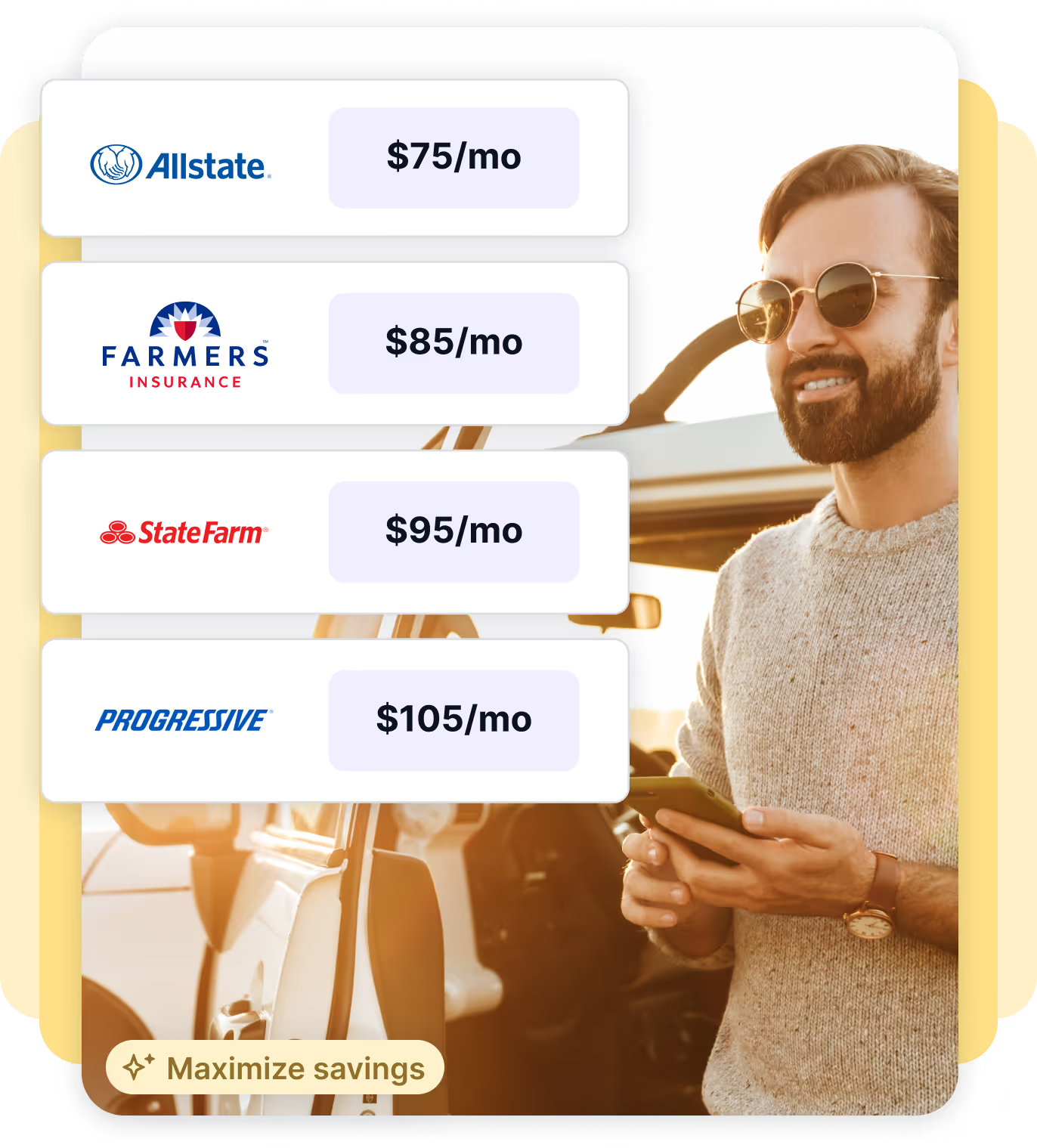
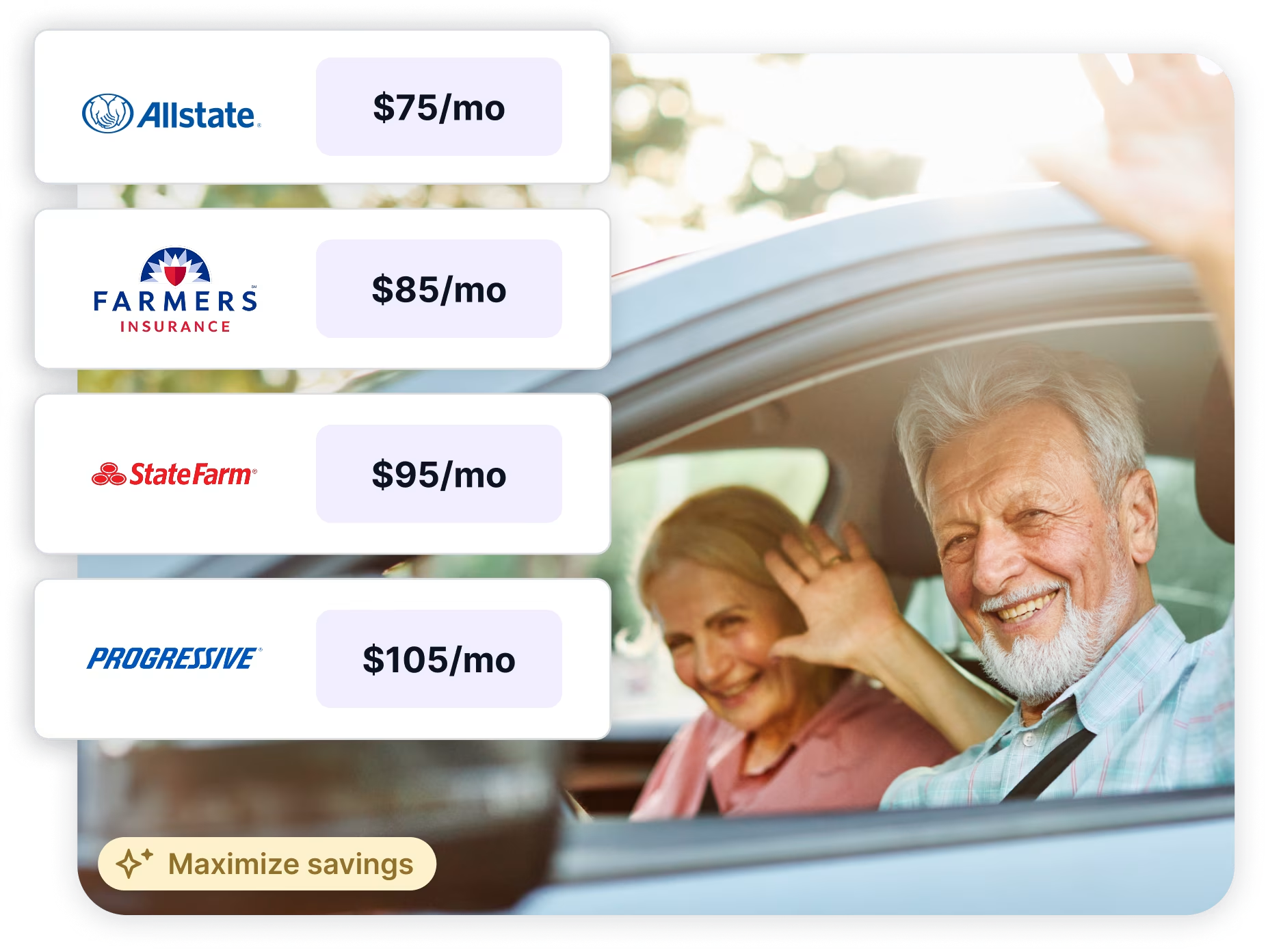
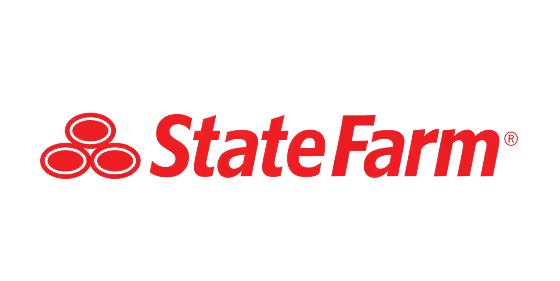
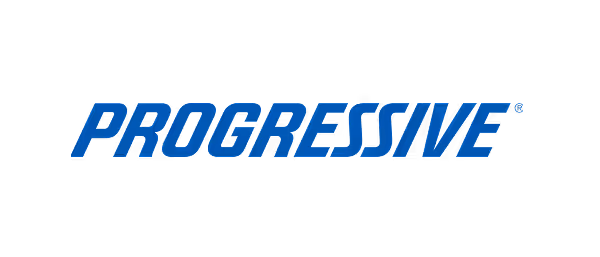
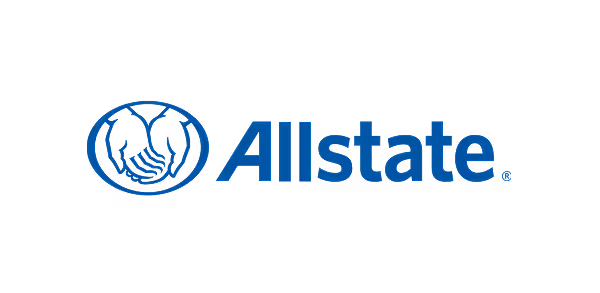





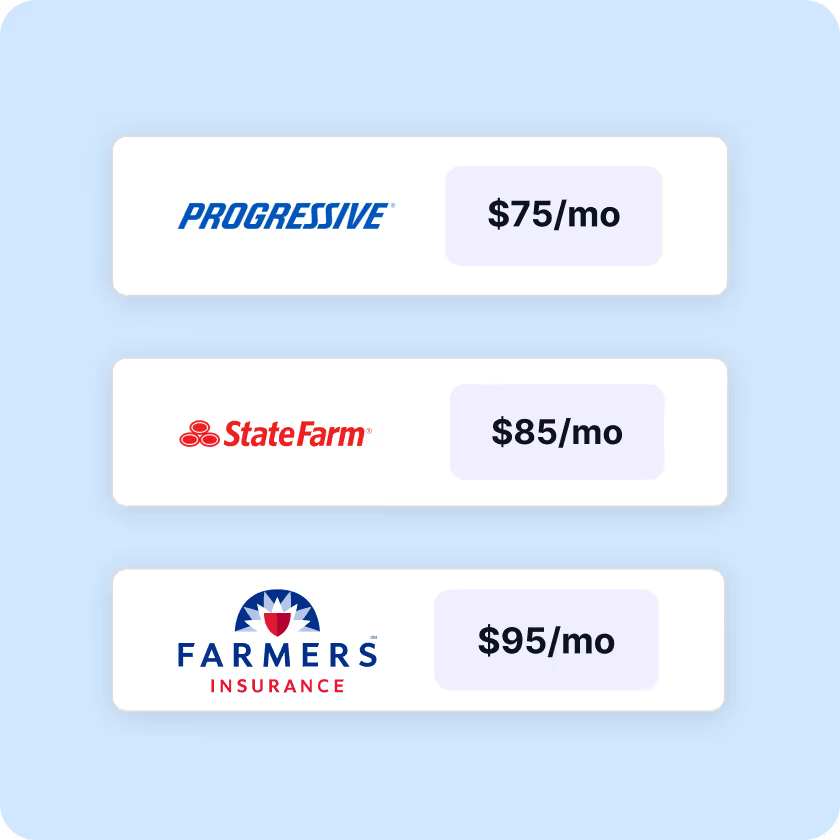
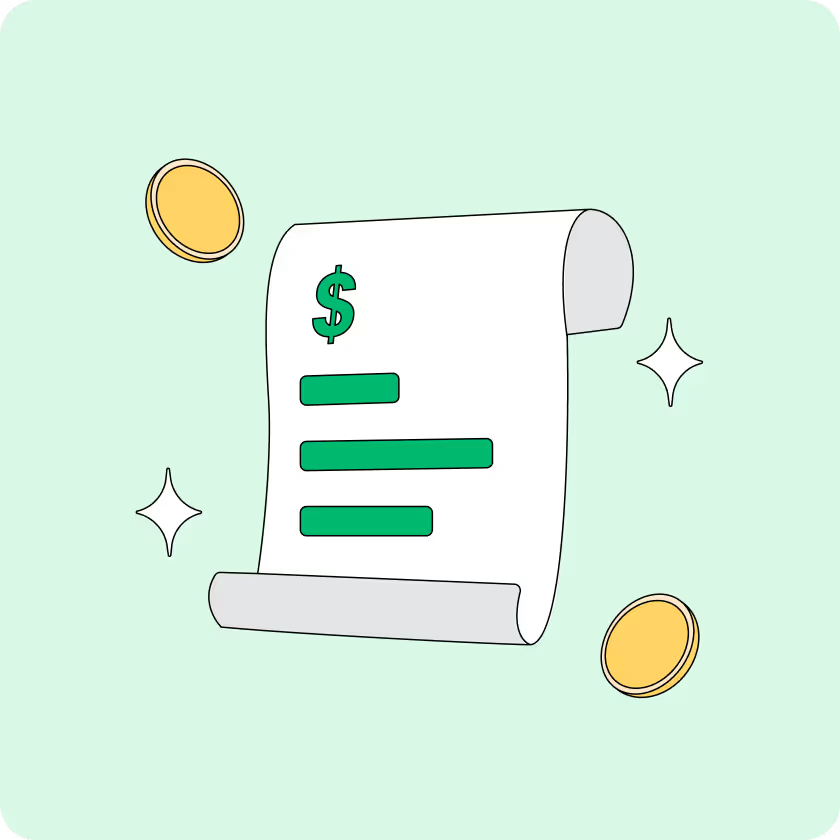
















.webp)
.webp)
.webp)
.webp)
.webp)
.webp)
.webp)
.webp)
.webp)
.webp)